The history of Heffron Park
- Published Date
- 07/06/2023
- News Topic
- Council, Heritage, Art & Culture, Sport
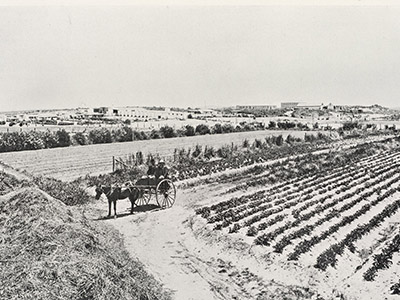
From wetlands to farmlands to migration and sports centres - Heffron Park is a smorgasbord of local history, writes Randwick Council's Local Studies Librarian, Georgina Keep.
The land at Heffron Park is part of a complex natural ecosystem we know as ‘The Botany Wetlands’. This ecosystem stretches from Gamay (Botany) Bay all the way north to Centennial Park. It’s integral to our environmental heritage and tells the story of our City’s landscape.
For thousands of years cultivating food and shelter on these wetlands quickly became a bountiful way of life for the Gadigal and Bidjigal peoples. Covered in Eastern Suburbs Banksia Scrub, the area provided freshwater, food and materials.
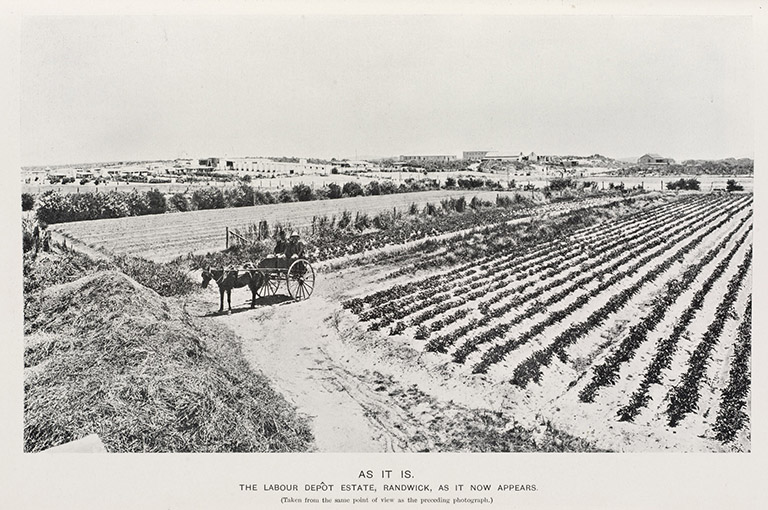
In contrast, in early post-European settlement, this landscape was dominated by heavy industry such as wool mills and tanneries, polluting the wetlands with industrial waste. These same wetlands were also used as Sydney's third water supply after the Tank Stream and Busby's Bore were exhausted.
In the late nineteenth century, further environmental degradation occurred when part of the wetlands at Maroubra was drained to become the site of The Bunnerong Labour Depot and Refuge - an initiative of the NSW state government.
The Labour Depot and Refuge served the dual purpose of providing temporary shelter and employment for men at the height of the 1890s economic depression. It aimed to rescue men from unemployment, rough sleeping, alcohol abuse, starvation, and other harms facing the wider Sydney population at the time, while also training young boys, teaching skills that would lead to employment opportunities. Produce was sold to recoup operating costs and help feed the struggling Sydney population.
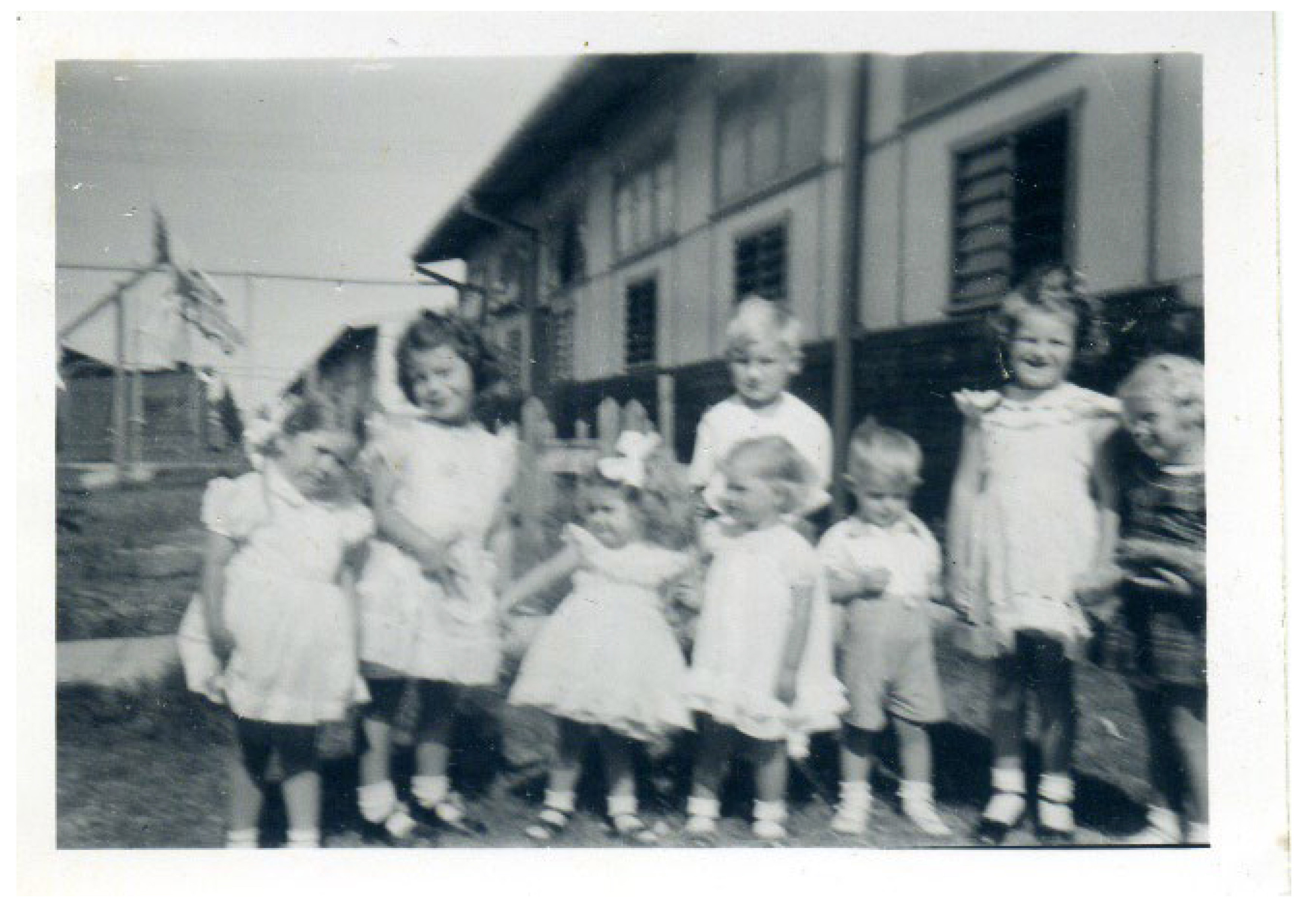
Referred to by everyone as ‘Bunnerong Farm’, by the end of WWI these Crown Lands, incorporating the farm, had served their agricultural purpose. Subdivision for private housing received the green light.
Yet, the sandy terrain failed to sell. Eventually, the state Town Planning Advisory Board were advised by the Master Builders that the land wasn’t ideal for building, and it was recommended to be made into into sports fields, which is how Bunnerong Park came into existence.
The earliest official references to Bunnerong Park as a sporting field occurs in the NSW Government Gazette, on 4 December 1936, when it was assigned as ‘Public Recreation and Playing Field’. This name remained until the park was re-dedicated in late 1955 in honour of local Member for both Botany and Maroubra and later Premier of NSW, Robert (Bob) Heffron.
Early sporting groups made good use of the largest dedicated sporting space in our city, yet during World War II, Heffron Park was commandeered for naval stores and roads were erected. Some of these dome shaped steel huts (called Nissan huts) were still in existence until recently.
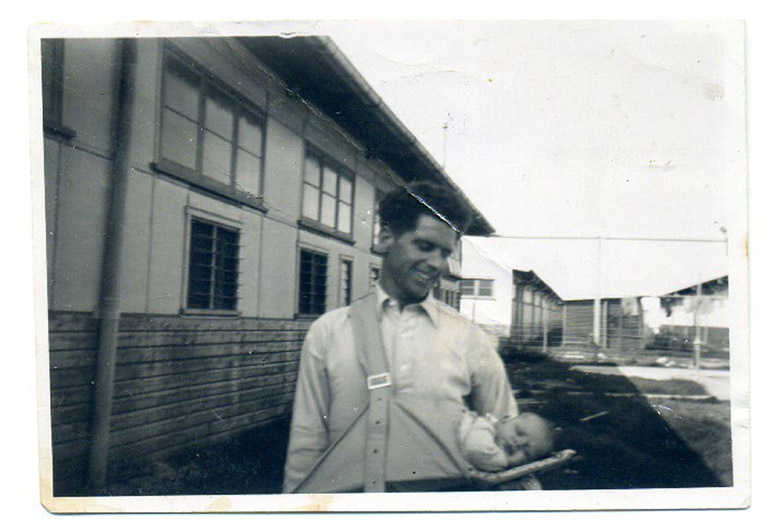
Shortly after World War Two, the Commonwealth government, desperate to house the influx of post war migrants, established the Bunnerong Migrant Hostel in the old naval stores at Bunnerong Park. The facilities and living conditions were considered ‘one of the worst in Australia’. Meant for storage not accommodation, the huts were not properly insulated - hot in summer and cold in winter. The migrants were forced to eat in a dormitory-style mess hall, which they argued prevented privacy and any ability to have a normal family life.
The situation came to a head in July 1953 when a group of migrants broke ranks and refused to pay for food. Still paying rent, the group refused to pay for the army style catering. They enlisted the support of local politicians at all levels.
Randwick Council was supportive of the migrants. Aldermen Harry Jensen and Lionel Bowen were especially strong advocates, highlighting the plight of the migrants at Bunnerong.
During this dispute in 1953, then Commonwealth Minister for Immigration and later PM, Harold Holt, stood in the Federal Parliament and blamed Communist infiltrators for the unrest at Bunnerong Hostel. Regardless, there was considerable community support for the British ex-servicemen all of whom had exemplary service records.
The discontent with the conditions and social limitations at Bunnerong Hostel was real. Eventually the British Housing Co-operative was formed by the migrants, who purchased 10 acres of scrub-covered housing commission land at Malabar. A total of 47 families built and financed their own homes under this cooperative, each family helping the other with construction and labour.
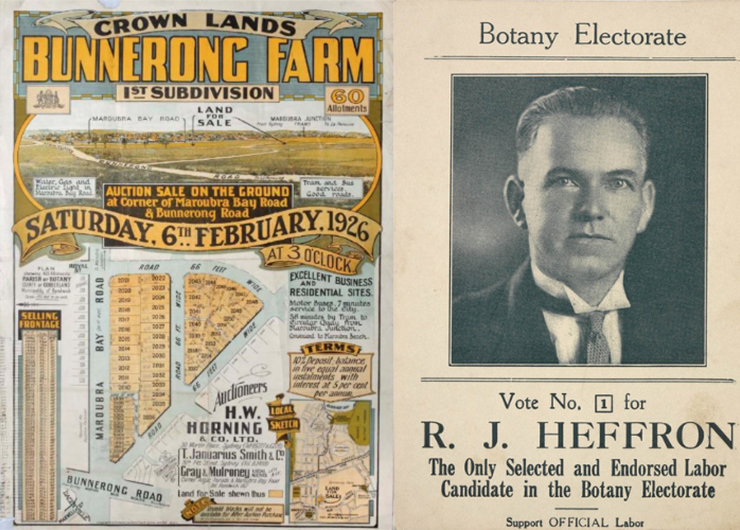
At the time, Bunnerong Parkland was still designated for recreational use by locals who had been waiting patiently for the return of the open space since war’s end. Alderman Jenson declared the agency in charge of the migrant hostels had no right to occupy the land. The park eventually came back to local use at the end of 1955 and was now named ‘Heffron Park’.
Plans to build an Olympic standard pool in the 1950s were inspired by Australia’s golden age of swimming at post-war Olympic games. This was the impetus behind the construction of the pool facilities in Heffron Park, ultimately evolving into the Des Renford Leisure Centre of today.
Des Renford was a renowned marathon swimmer who crossed the English Channel 19 times. The former Heffron Park Pool was renamed in his honour on 1 March 2000, shortly after his death. His name is synonymous with the aquatic centre, which locals commonly refer to as Des Renford.
Athletics, gymnastics, netball, cycling, swimming, soccer, cricket and tennis all have a long-standing association with Heffron Park, which has become Randwick City’s sporting mecca. Now, the history of sport at Heffron Park is about to be taken to the next level with the opening of the new Heffron Centre, a centre for sporting excellence and new home to the South Sydney Rabbitohs.
